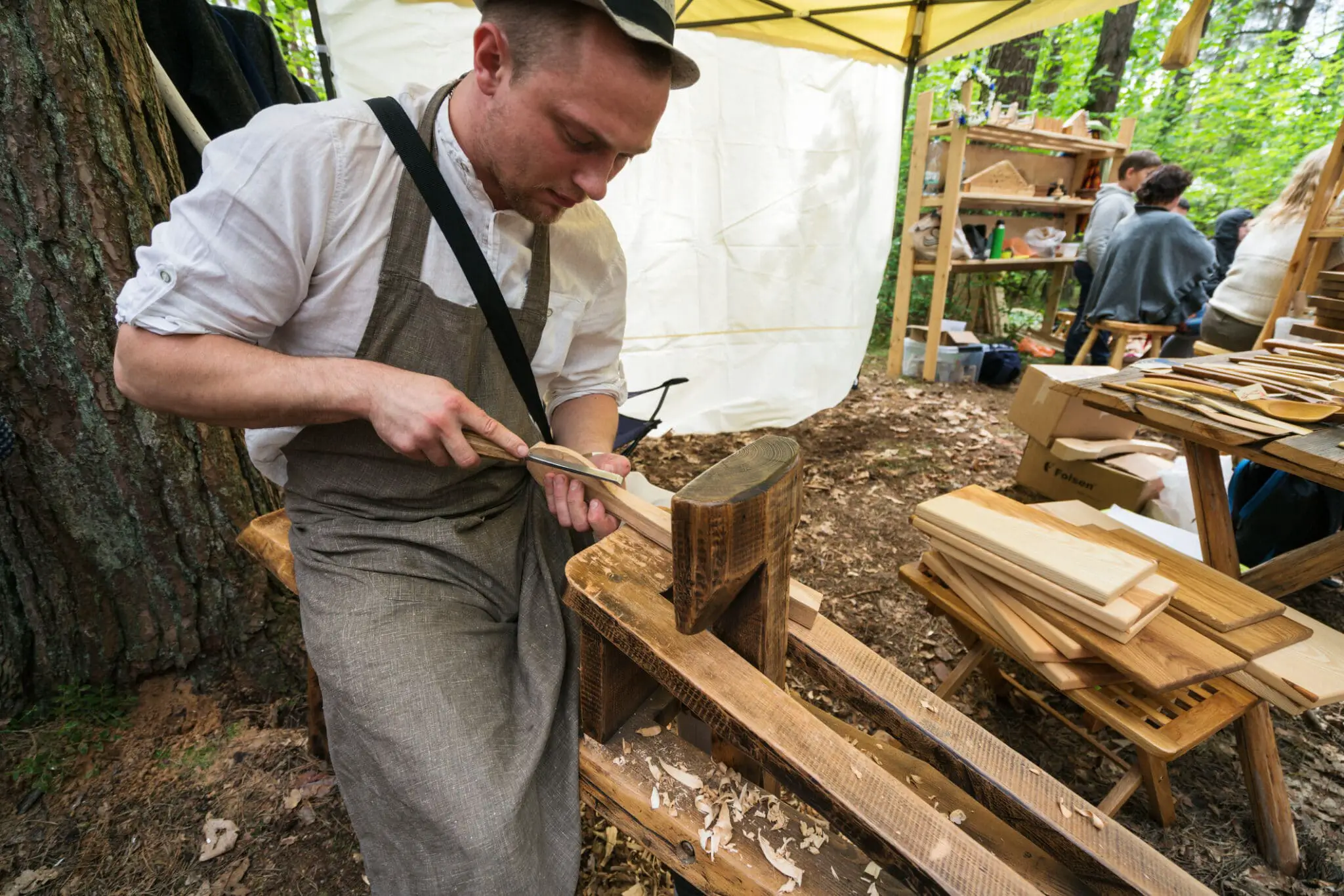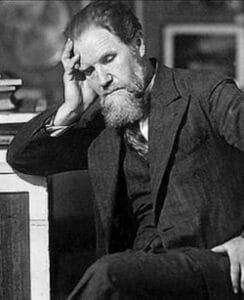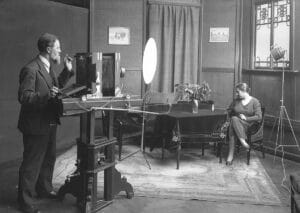Riga’s museums offer a fascinating look at Latvia’s culture, history, and especially architecture and transport infrastructure. From the Museum of the History of Riga and Navigation, housed in the iconic Riga Dom, to the Latvian National Museum of Art, showcasing the finest works of Latvian artists, and the Art Nouveau Museum, exhibiting the city’s famous architectural style, Riga’s museums offer a glimpse into the rich culture and and history of the region.
Latvian National Museum of Art
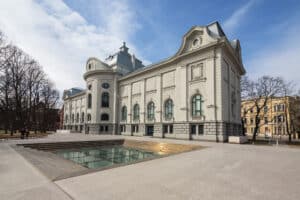
The Latvian National Museum of Art is Latvia’s largest and most significant art museum. It features a vast collection of paintings, sculptures, decorative arts, and graphics from the 18th century to the present day, including Latvian, Russian, and European art.
Of particular note is the museum’s extensive collection of Latvian art from the first half of the 20th century and including works by great Latvian artists such as Janis Rozentāls, Vilhelms Purvitis, and Aleksandra Beļcova.
Visitors to the Latvian National Museum of Art can also enjoy guided tours, lectures, and workshops. The museum has a café and a gift shop, as well as a beautiful courtyard with a fountain, where visitors can relax and enjoy the scenery.
Read a full history and review of the Latvian National Museum of Art from SRAS students and interns!
Museum of the Occupation of Latvia
The Museum of the Occupation of Latvia documents the period from 1940 to 1991, when Latvia was occupied by the Soviets and Nazis. Established in 1993, it is housed primarily in what was once the museum to the Red Latvian Riflemen.
Exhibits include photographs, documents, artifacts, and personal stories from individuals who lived through the occupation. The museum also features an extensive collection of archival materials, such as newspapers, magazines, and propaganda posters. The large museum also has life size recreations of gulag cells and some 2,300 testimonials from people who were arrested or imprisoned as political offenders.
The museum also runs a separate space about 20 minutes away from the main building. Called the “corner house,” it is a former KGB interrogation center. The cells are furnished with original equipment, such as interrogation chairs, and provide visitors with a powerful and haunting insight into the brutal methods used to suppress dissent and maintain control.
The museum also hosts lectures, films, and concerts, which provide visitors with a broader understanding of the impact of the occupation on Latvian culture and society.
The Museum of the Occupation of Latvia provides a sobering and important reminder of the country’s history during a challenging and traumatic period.
Riga Art Nouveau Museum
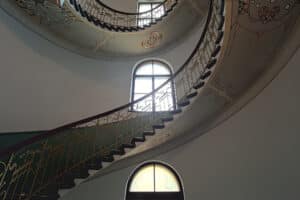
During the late 19th and early 20th centuries, Riga experienced a period of rapid growth and prosperity as it became an important industrial and commercial center in the Baltic region. This led to a building boom just as the Art Nouveau style was in the height of fashion.
The local architects who designed many of these buildings incorporated the intricate decorative motifs and asymmetrical forms that define the style with local Baltic and Scandinavian motifs.
Today, Riga is a popular destination for architecture enthusiasts. Many of the buildings have been beautifully restored and are now used as apartments, offices, and public buildings, while others are open to visitors as museums or exhibition spaces.
The Riga Art Nouveau Museum is dedicated to celebrating this heritage. The museum is situated, appropriately enough, in an Art Nouveau building, designed by the famous Latvian architect Konstantīns Pēkšēns, which has been preserved in pristine condition.
The Riga Art Nouveau Museum features exhibits that showcase the Art Nouveau style, including furniture, ceramics, glassware, and other decorative objects. One of the highlights of the museum is a recreated Art Nouveau apartment, which provides visitors with a glimpse into the daily life of a wealthy Latvian family in the early 20th century.
The museum also offers guided tours, lectures, and workshops, providing visitors with an opportunity to learn more about the Art Nouveau movement and its significance in Latvian culture and history. The museum’s gift shop offers a variety of Art Nouveau-themed souvenirs, such as postcards, books, and jewelry.
Latvian War Museum
The Latvian War Museum covers the history of the Latvian military from the medieval period, the Livonian Wars, World War I, World War II and up to the present day. On display are weapons, uniforms, and military vehicles including full tanks, armored cars, and artillery pieces. The museum also features exhibits dedicated to Latvian military aviation and naval history.
The museum’s exhibits are complemented by an extensive collection of photographs, interactive displays, documents, and other archival materials. Discussion of the military is also mixed with discussion of the political situation of each era. Particular attention is given to the 20th century, in which Latvia fought for independence twice. The history of the Soviet occupation is also given in a permanent display.
The museum was founded in 1916 and is located in what was originally part of the city’s 14th century fortifications.
Latvian Ethnographic Open-Air Museum
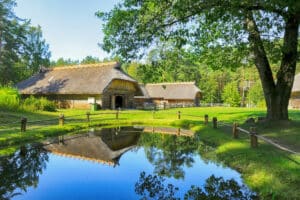
The Latvian Ethnographic Open-Air Museum is an open-air museum located on the outskirts of Riga. Founded in 1924, today it covers an area of over 200 acres with more than 118 buildings from different regions of Latvia, including farmhouses, windmills, barns, and churches. The buildings date back to the 17th-20th centuries and have been restored and preserved to showcase traditional Latvian architecture and lifestyle.
The museum also features costumed guides who demonstrate traditional crafts such as bread baking, butter churning, farming, weaving, blacksmithing, carpentry, and rope making. An on-site restaurant offers excellent traditional Latvian food made from locally-sourced ingredients.
The Latvian Ethnographic Open-Air Museum also hosts various cultural events throughout the year, such as folk festivals, concerts, and workshops. The museum’s gift shop offers a range of traditional Latvian handicrafts, such as woven textiles, ceramics, and wood carvings.
Riga Motor Museum
Riga’s automotive history can be traced to 1874, when the Russo-Baltic Wagon Factory was founded there. At the time, Riga was a major industrial center and transport hub for the Russian empire. Under the Soviets, the city was known for producing cars, motorcycles, vans, busses, and trucks. Today, production is concentrated on commercial vehicles and public transportation.
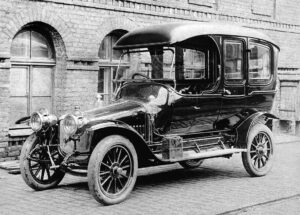
The Riga Motor Museum is dedicated to this history. The museum was founded in 1989 and underwent extensive renovations and expansion in 2016, reopening with new exhibits and interactive displays.
Exhibits include over 100 historic vehicles, including horse-drawn carriages and early bicycles to classic and modern cars, motorcycles, buses, and trucks.
One of the highlights of the museum is the “Motorsport Legends” exhibit, which features a collection of classic racing cars and motorcycles, including Formula 1 cars and motorcycles that have competed in the Isle of Man TT. The exhibit also features interactive displays that allow visitors to experience the thrill of racing, such as a driving simulator and a pit stop challenge.
Latvian Museum of Architecture
Riga is a city known for its architecture and it has several active programs to preserve that architecture as well as to educate the public about Riga’s heritage.
The Latvian Museum of Architecture is one such effort. Located in a medieval building in the heart of Riga, it was established in 1994 as part of Latvia’s State Inspection for the Protection of Cultural Monuments, which is located in the same building.
The museum does not have a permanent exhibition, but instead rotates its collection of over 9,000 items, including documents and materials related to the names of famous architects such as Christofs Haberland, Johan Daniel Felsko, Jānis Baumans, Vilhelm Bokslaff, and Eugene Laubi. The collections also include drawings, sketches, models, and photocopies, as well as biographies and other information on Latvian architects, which are offered in digital form.
In the museum’s courtyard, visitors can view a collection of preserved architectural fragments as well.
Riga Porcelain Museum
Porcelain production in Riga dates back to the early 18th century when kaolin deposits were discovered in the area. Kaolin is a white clay used in the production of porcelain. In 1720, The Riga Porcelain Manufactory was established, and by the 19th century, it was one of the largest in the Russian Empire and producing tableware, figurines, and decorative items for the tsar. Latvian porcelain was highly valued for its quality and design and was exported throughout Europe.
The Riga Porcelain Museum preserves this heritage. The museum was founded in 2001 in the building that once housed the Riga Porcelain Manufactory. The museum’s collection includes eight thousand porcelain articles from the 19th century up to the end of the 20th century. Tools and equipment used in the production process are also displayed.
The serial porcelain design produced from the 1950s to the 1990s is given special emphasis including Soviet vases, plates, and figurines.
Over time the collection has been enriched by endowments of private individuals and artists gradually creating a current porcelain collection with works of respected artists such as Pēteris Martinsons and Zina Ulste.
Visitors can take guided tours and participate in porcelain making and painting workshops.
Latvian Museum of Photography
Riga has a strong connection with photography. In the early 20th century, the city was home to a group of photographers known as the “Riga School,” which was influenced by the modernist art movements of the time and sought to push the boundaries of traditional photography.
The Riga School was founded by the Latvian photographer, Vilis Rīdzenieks, and included photographers such as Aleksandrs Bētiņš, Jāzeps Sīmanis, and Pēteris Dzenis. The Riga School’s work was exhibited throughout Europe, and their influence can be seen in the work of later photographers such as the American photographer, Ansel Adams.
Riga, as a manufacturing powerhouse, was also once known throughout the USSR for its cameras, including as being the home of the Zenit, one of the most popular models of the time.
The Latvian Museum of Photography serves to document this history and more with a collection of over 300,000 photographs, as well as cameras and other photo equipment.
The museum was spun off from the larger Museum of the History of Riga and Navigation and held its first independent exhibition in 1993. It is located in a former merchant’s home in one of the oldest and most historic sections of Riga.
One of the highlights of the museum is the collection of photographs produced by famous Latvian photographers, including Vilis Rīdzenieks, Zenta Dzividzinska, and Inta Ruka. The museum’s collection also includes works by international photographers, providing visitors with a comprehensive understanding of the history and development of photography as an art form.
In addition to its exhibitions, the museum also offers a range of educational programs and workshops for visitors of all ages, aimed at promoting photography as an art form and a means of self-expression.
The Museum of the History of Riga and Navigation was founded in 1773 and is one of the oldest museums in Europe. Dedicated to the history of Riga and its development as a major center of trade and commerce in the Baltic region, it also covers the history of navigation and maritime trade in general.
The museum’s collection includes more than 500,000 items, including historical documents, paintings, maps, navigational instruments, ship models, and other artifacts related to Riga’s history and maritime trade. The museum’s exhibits cover various topics such as the history of Riga’s ports and shipbuilding industry and the role of Riga in the world wars. The city’s role in the Hanseatic League, a medieval trading association of cities in northern Europe, is particularly highlighted.
The museum has been housed in its current location since 1890. The premises were specifically built for the museum and are known as the Dom Ensemble. The Museum has grown to have three branch museums: the Museum of Ainaži Naval School in Ainaži (founded in 1969), the Rigan House-Museum in Riga (1992) and the Latvian Museum of Photography, also in Riga (1993).
You’ll Also Love
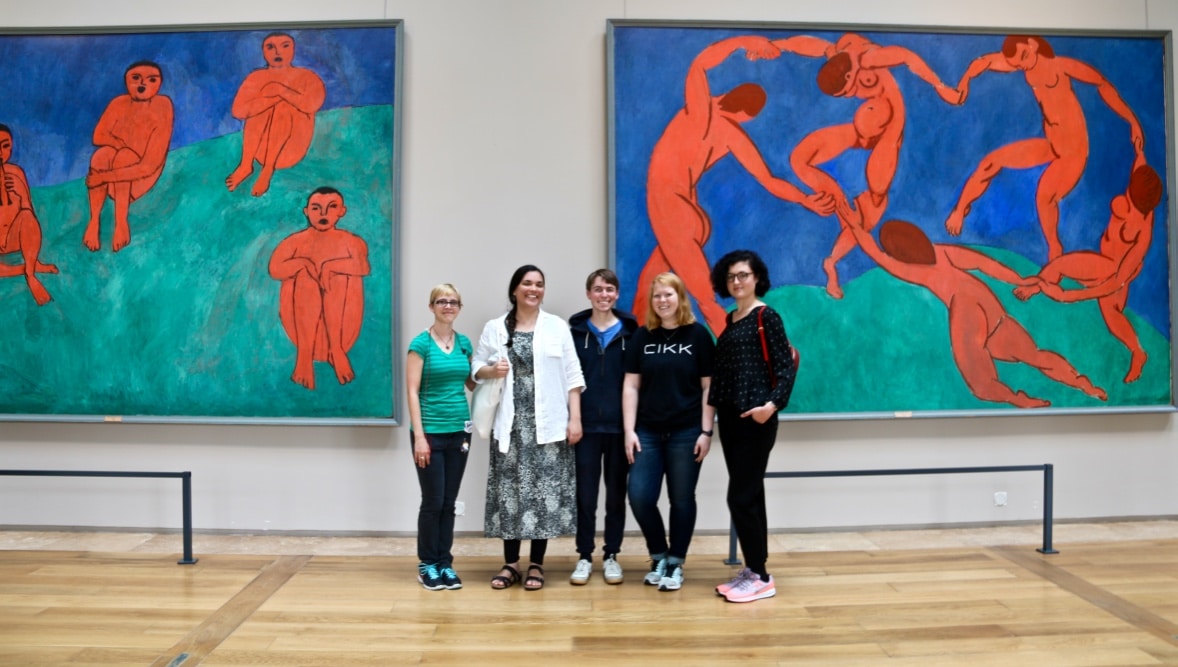
Museums as Self-Care
In 2018, doctors in Montreal began prescribing visits to the Montreal Museum of Fine Arts (MMFA) for patients experiencing depression, anxiety, and other health issues. This innovative approach to mental health treatment was launched under the initiative of the MMFA in collaboration with Médecins francophones du Canada (MFdC). The program allows physicians to provide patients […]
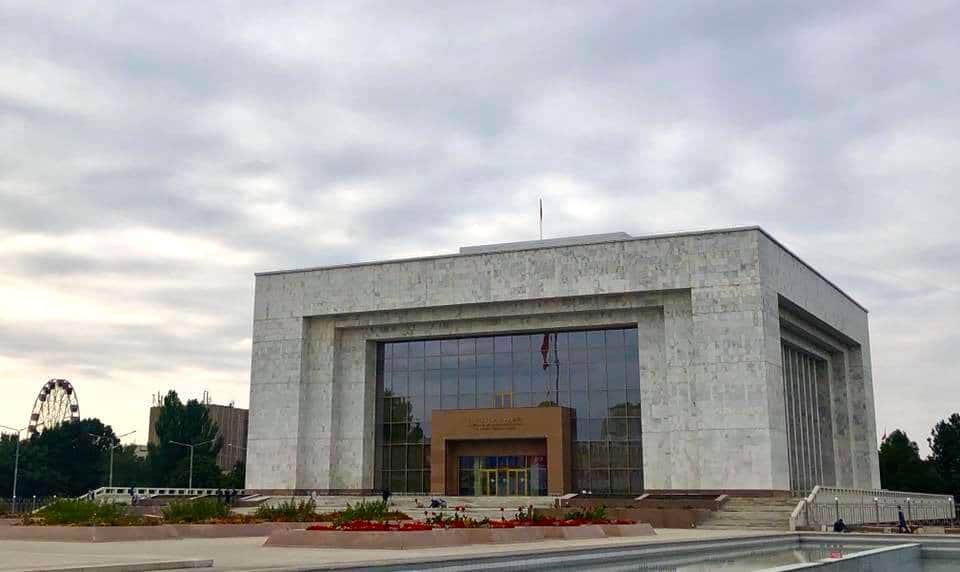
Guide to Bishkek’s Top Museums for Students
The Kyrgyz were largely a nomadic civilization up until the 20th century. The city of Bishkek has a number of museums documenting this fascinating history as well as the development of the arts and sciences in Kyrgyzstan. These museums were mostly established during (and today are often unchanged from) Soviet times, including a number of […]
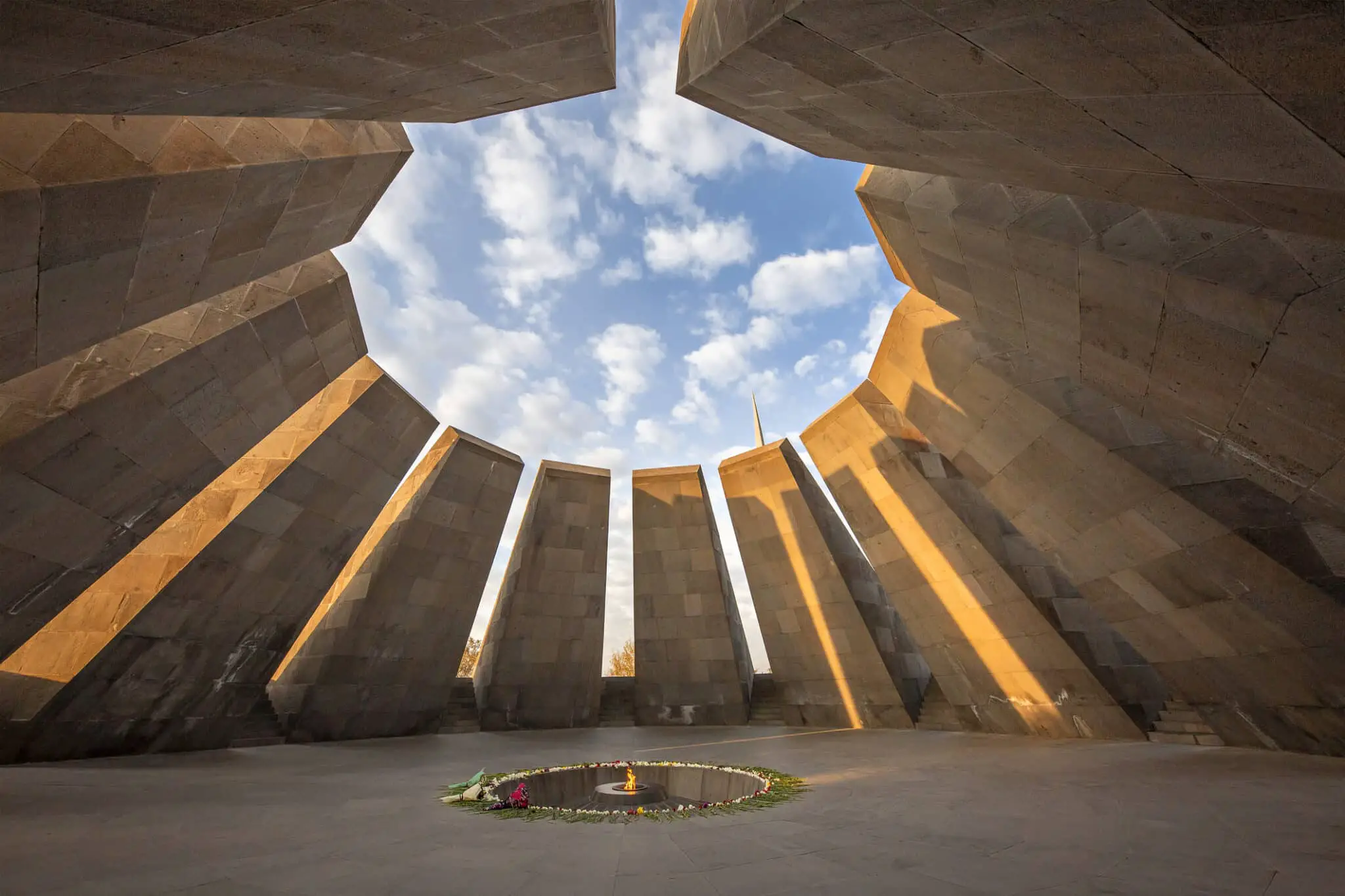
Yerevan Museums: The Best in History and Art
The following is a brief introduction to some of the best Yerevan museums for history and art. As SRAS has recently launched study programming in Armenia, MuseumStudiesAbroad.org is also now opening a new region that we hope to fill with museum reviews and artist biographies! History Museum of Armenia The History Museum of Armenia holds […]
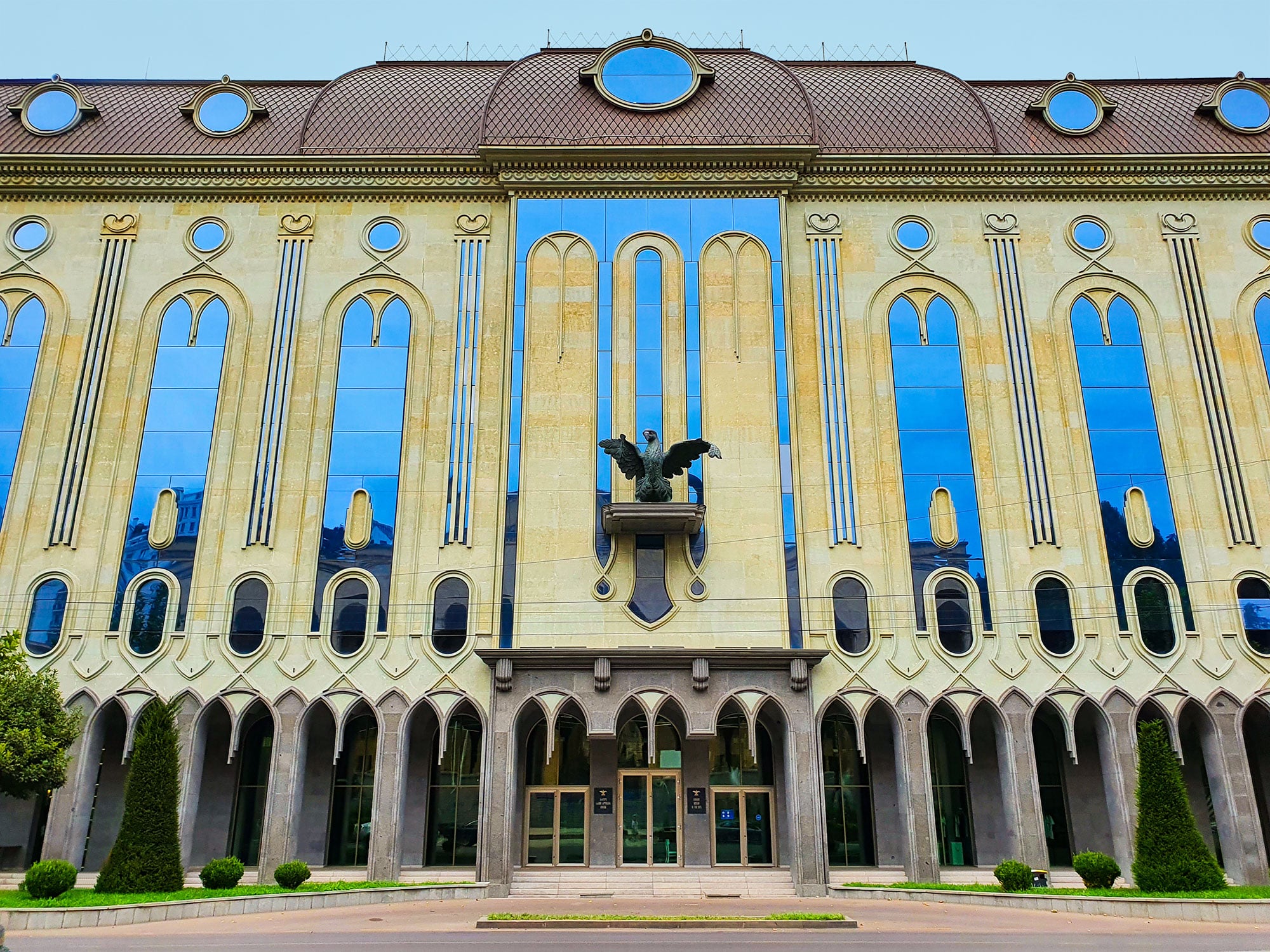
Tbilisi’s Museums: History, Art, and Science in the Georgian Capital
Welcome to Tbilisi, a city of amazing history, breathtaking creativity, and constant innovation. Showcasing this are an astonishing number of great museums. This guide will take you through some of the city’s best institutions – from well-known staples like the National Museum of History to off-the-beaten-path gems like the Pirosmani House Museum, to often overlooked […]

Warsaw’s Best Museums: History, Struggle, Tragedy, and Freedom
One of the best things to do when living or studying abroad, is to visit museums and historical institutes to try and learn about that particular place. For me, visiting museums is a no-brainer since I work in museums. I enjoy them. I find it fascinating to see how each museum operates, how they present […]


